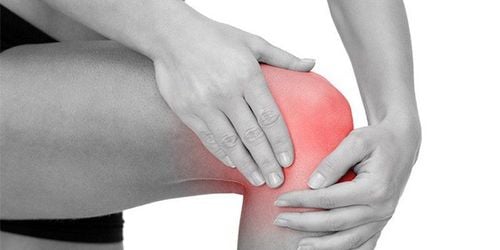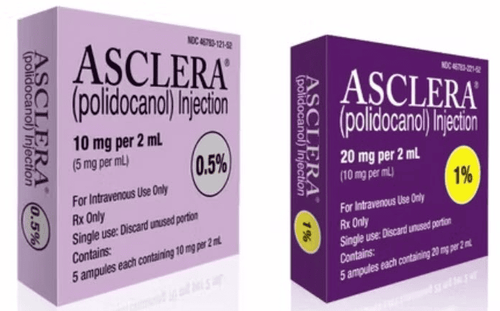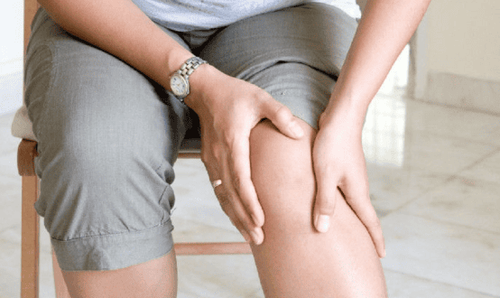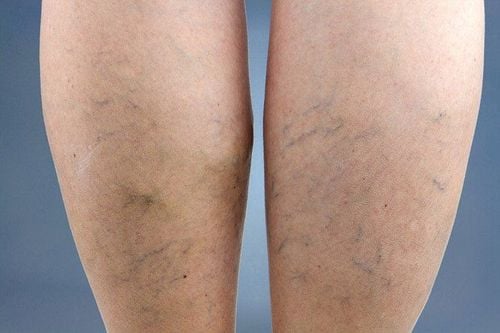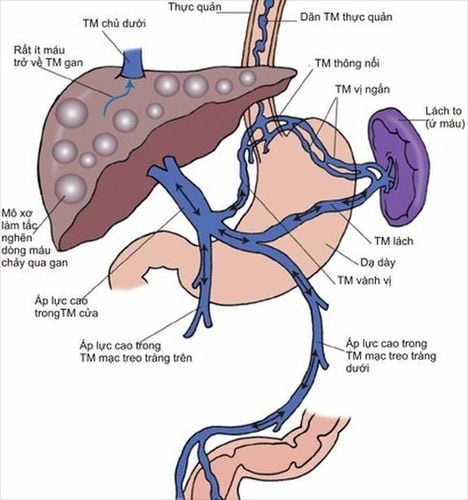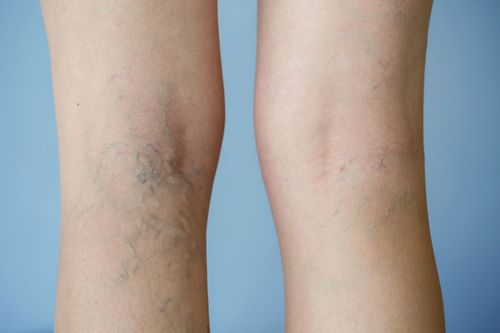This is an automatically translated article.
Professionally consulted by: Master. Doctor Duong The Vinh, Head of Rehabilitation Department, Vinmec Times City International General HospitalIn the US, according to statistics, up to 10 - 30% of adults have this disease, costing billions of dollars and more than a million working days every year. In Vietnam, according to statistics of the Society of Veinology in Ho Chi Minh City, the proportion of people with chronic venous insufficiency of the lower extremities accounts for about 5-8% in adults. The following article will help patients have a simple and effective method of treatment and prevention of varicose veins of the lower extremities
1. Varicose veins in the lower extremities
There are two types of veins in the lower extremities: superficial veins and deep veins.
Superficial veins are located under the skin, visible. Varicose veins refer to superficial veins, varicose veins often have symptoms such as: pain below the dilated area, swollen legs, itching, sometimes dermatitis, green zigzag veins. Deep veins are located deep in the muscle so they are not visible. Venous insufficiency is referring to deep veins, venous insufficiency often has symptoms such as: leg pain; heavy, tired legs, especially in the afternoon; the most swelling is the ankle area; nocturnal cramps; itching, crawling sensation. These symptoms should be relieved by lying down with the legs elevated.
2. Treatment of varicose veins in the lower extremities
There are 3 main treatment methods: The most commonly used is the use of elastic bandages (or socks) to restore the pressure difference between the two venous systems, reducing the diameter of the veins to increase blood circulation. The second way is to use drugs that stabilize the vascular wall, or drugs that cause fibrosis, injected locally. The third method is surgical intervention.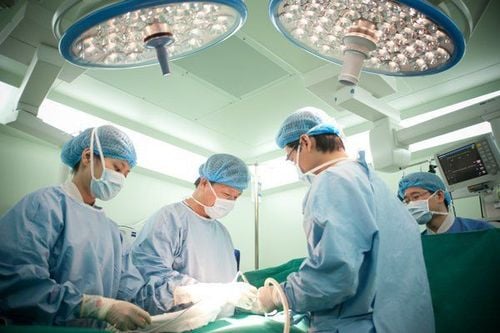
3. Prevention and care of people with varicose veins
3.1. Diet
People with varicose veins should ensure that their daily diet is nutritious, rich in vitamins and has enough fiber such as fresh fruits, vegetables, cereals... to avoid constipation; Should not be obese, if too fat then need to lose weight. Make sure to drink enough water every day (the daily water requirement for an adult body is 2 liters of water)3.2. Life mode
Clothes: Do not wear tight clothes, especially tight pants in the pelvic area, hips, legs. Shoes: Should wear shoes with soft soles and low heels, not high heels, so walk naturally so that the weight is evenly distributed on both feet. Lying, sitting in the right posture: When lying down, you should put your feet up 15-20 cm above the level of the heart to facilitate blood flow to the heart through the veins. The seat has the right height so that when sitting, the feet are close to the floor, the ankle joints, knee joints, and hip joints are perpendicular; straight back; body weight evenly on both buttocks and legs; Do not sit and swing your legs, the underside of the thigh has just touched the seat surface to minimize the pressure on the underside of the thigh, not to obstruct the venous blood circulation running along the back of the thigh; It is necessary to avoid sitting postures that obstruct the circulation of venous blood in the legs such as squatting, sitting cross-legged... Travel: You should walk often, limit taking the elevator if possible to have more opportunities for exercise. If you have to stand a lot, sometimes you should run in place to reduce the load on the venous system. Avoid carrying and carrying heavy loads because it will cause more blood to pool in the legs and make the veins more overloaded. Exercise and sports: You should exercise regularly, you can practice and play sports with rhythmic and gentle movements such as walking, swimming, dancing bike... Do not play sports Sports with strong movements and sudden changes in direction that cause shock to the leg veins such as weightlifting, high jump, long jump, speed running, tennis, football... Do not rub hot oil on your feet, do not soak your feet. In hot water because the heat makes the veins dilate, reducing the ability to carry blood back to the heart. Do not take a bath that is too hot, after bathing, rinse your feet with cold water, cold water will constrict the veins to help blood flow to the heart more easily.





